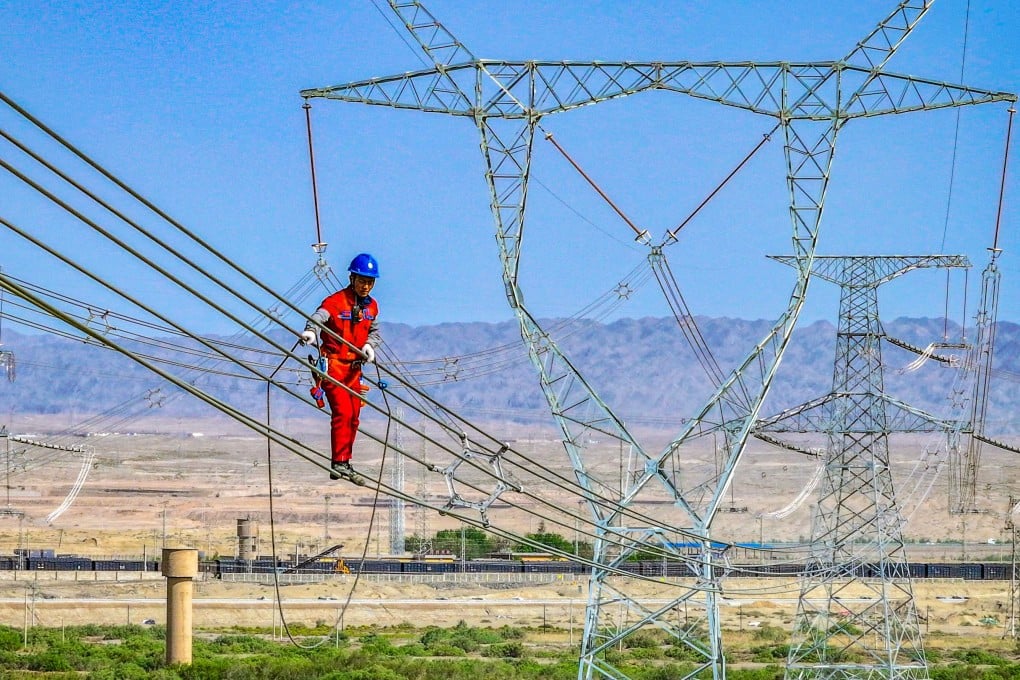Hong Kong PolyU research centre seeks greater efficiency for power grids in mainland China, city
- Surging power demand from artificial intelligence, extreme weather events, and the transition towards renewable energy, has triggered need for innovations in energy
- Hong Kong’s reliable power grid provides an ideal application scenario for conducting research and development

The Hong Kong Polytechnic University (PolyU) will set up a research centre to make power grid infrastructure in mainland China and Hong Kong more efficient and to support their carbon neutrality goals at a time when power demand is surging and sustainable energy development is growing in importance.
PolyU launched its Research Centre for Grid Modernisation (RCGM) at its campus on Monday, in partnership with 35 government bureaus, research institutes, and industry associations and 26 universities in Hong Kong, Macau and the mainland, whose expertise is drawn from sectors including power and energy, telecommunications, and electrical engineering.
“RCGM is strategically located in Hong Kong, an international metropolis with a dense population and many high-rise buildings that requires an exceptionally reliable power supply,” said Chung Chi-yung, director at RCGM and head of the PolyU Department of Electrical and Electronic Engineering.
“This provides an ideal backdrop for R&D, including demonstration, testing and application of innovative technologies in grid modernisation for a smart city of the future.”

According to the International Energy Agency, by 2030, the world will need to invest more than US$600 billion in power grids every year to vigorously expand the scale of transmission lines, which is around twice the current global investment level in transmission lines.
